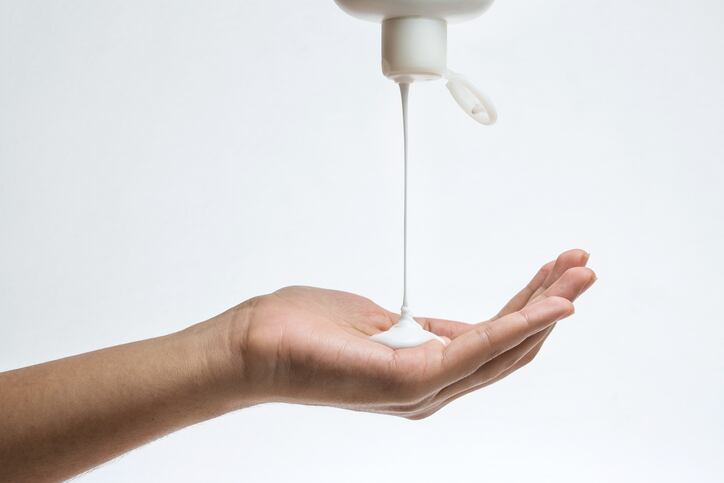The Staff Working Document describing the findings of each consultation was currently “undergoing the internal review and approval process” and would be published alongside a final synopsis report “shortly after summer”, a European Commission (EC) spokesperson told CosmeticsDesign-Europe.
Fitness Check ‘essential tool’ for EU coherence on endocrine disruptors
Endocrine disruptors – chemical substances that alter the functioning of the endocrine (hormonal) system and negatively affect the health of humans or animals – are currently regulated by a variety of EU measures to protect human health and the environment.
In its Fitness Check Roadmap, the EC said the European Union was “today recognised as one of the global leaders in dealing with these chemicals”, having adopted its first strategy on the matter in 1999. However, it said measures covering endocrine disruptors had been developed “at different points in time and have, in certain cases, different objectives” which resulted in different approaches for managing the chemicals. The current Fitness Check, therefore, formed part of work towards ensuring a coherent EU-wide approach to endocrine disruptors – outlined in the EC’s 2018 Communication ‘Towards a comprehensive EU framework on endocrine disruptors’.
“The Fitness Check will contribute to the assessment of whether EU chemicals legislation delivers its objectives to protect human health and the environment by minimising the overall exposure to endocrine disruptors. The Fitness Check will be an essential tool to assess the coherence of the relevant EU legislation,” the EC said.
The “international dimension” would also be assessed, it said, considering the impact of EU provisions on products imported into the region.
‘Reflection’ on legislative changes for endocrine disruptors
Specifically, the EC said the Fitness Check would “help assess whether legislation is fit for purpose” – looking at how different provisions in different legal instruments interacted. It would also identify any gaps or inconsistencies, providing an overall assessment on the EU legislation’s “effectiveness, efficiency, relevance and EU added-value” for endocrine disruptors.
“It will pay particular attention to legislation that does not contain specific provisions for endocrine disruptors, such as the legislation on toys, cosmetics and food contact materials,” the EC said. A specific focus would also be placed on the protection of vulnerable population groups, including foetus and adolescents, when assessing and regulating endocrine disruptors.
More broadly, the EC said findings from its Fitness Check would “feed into the reflection on whether legislative changes are necessary to achieve the EU’s objectives”, specifically on approaches to identify endocrine disruptors and on the regulatory consequences of using such chemicals.
In 2018, the EC already conducted a review of the Cosmetics Regulation [EC No. 1223/2009] regarding substances with endocrine-disrupting properties. It concluded that environmental impact was sufficiently covered by the European Chemical Agency's (ECHA) REACH regulatory measures and human health aspects by the Cosmetics Regulation, specifically via the Scientific Committee on Consumer Safety (SCCS) assessments. Though, the review acknowledged the EU Cosmetics Regulation did not “specifically lay down any regulatory consequences for endocrine disruptors”. Because of this, in 2019 the Commission committed to establishing a “priority list of potential endocrine disruptors” not already covered by bans laid down in the Cosmetics Regulation. A total of 28 substances were identified following a screening study and feedback from EC Working Groups and were split into two groups: a higher priority ‘A’ group and ‘B’ group. A first public call for data had been issued for the higher priority Group A and would soon be launched for Group B.
Fitness Check three-part consultation process
The current EC Fitness Check on endocrine disruptors was made up of a three-part consultation process with public, targeted stakeholders and small and medium-sized enterprises (SMEs).
The targeted stakeholder consultation process closed on January 31, with a summary report published by the EC’s Joint Research Centre (JRC) on March 25. The public consultation process closed on Marchj 9 following a 12-week survey period, with a summary report from the JRC published on April 7. The SME consultation process had also now been finalised, though not published publicly. Findings had been sent to the Enterprise for Europe Network (EEN), according to protocol, who were able to deal with any requests made to view the document.
The EC said its synopsis report would summarise the results of “all consultation activities” and be made available on its consultation page.




